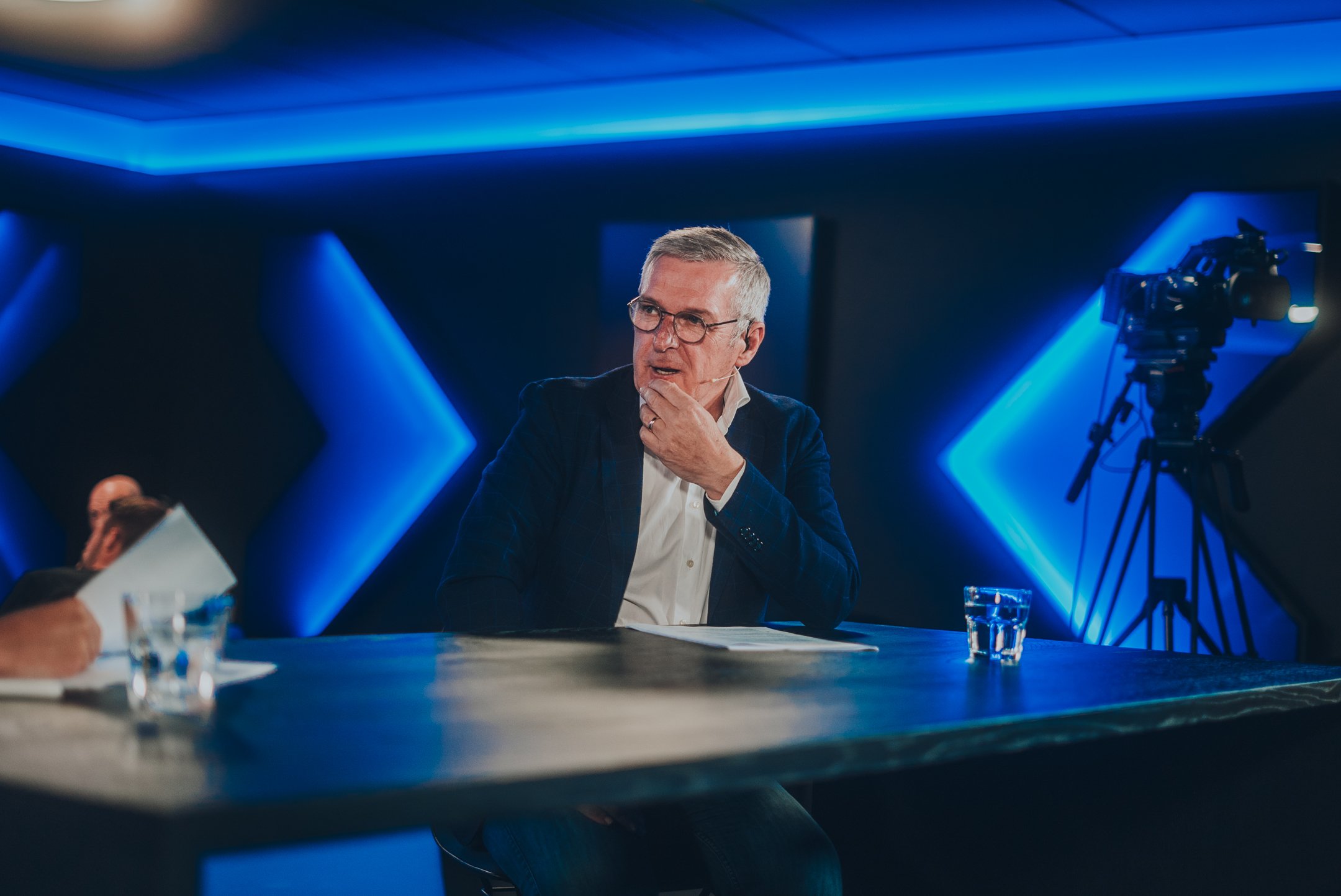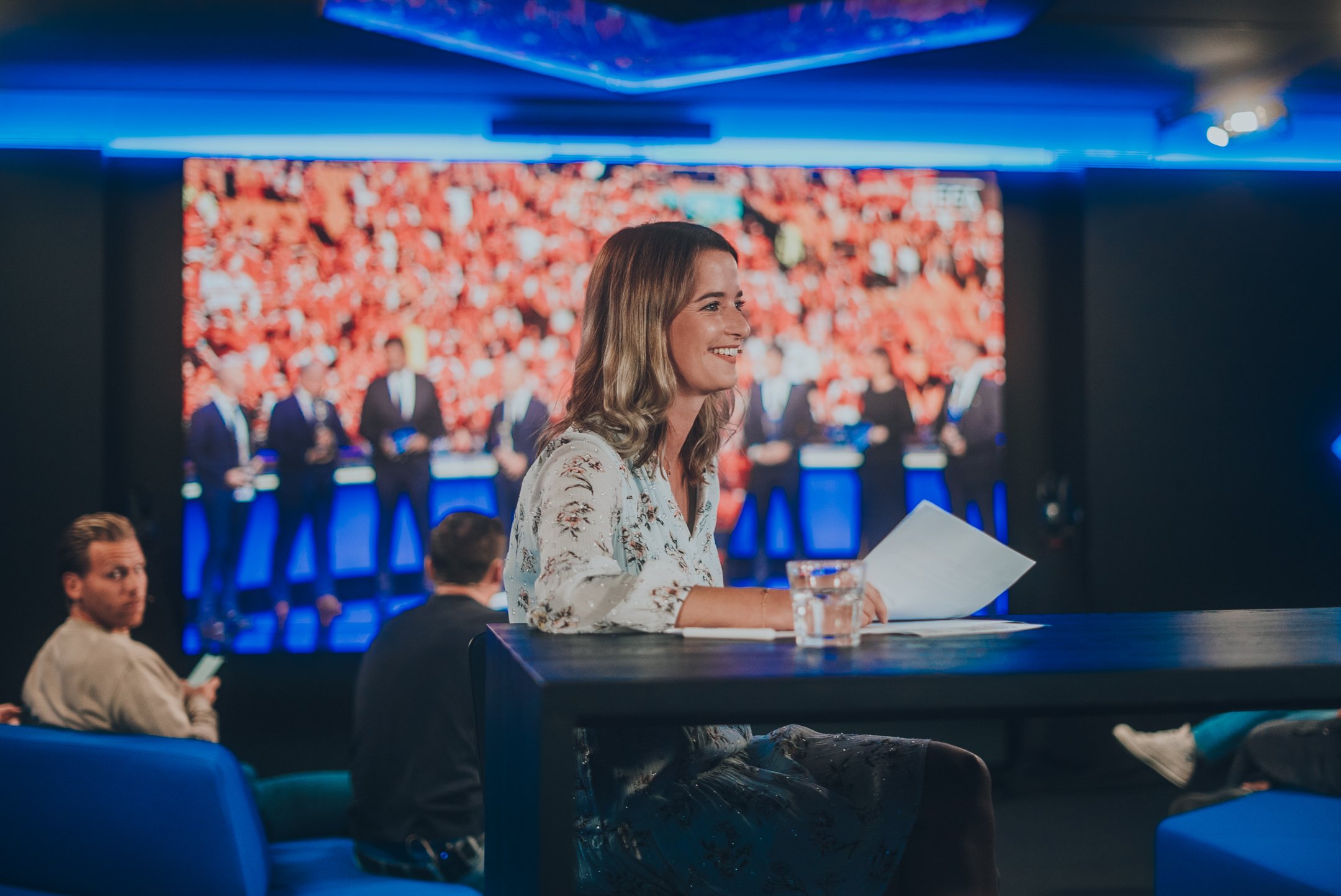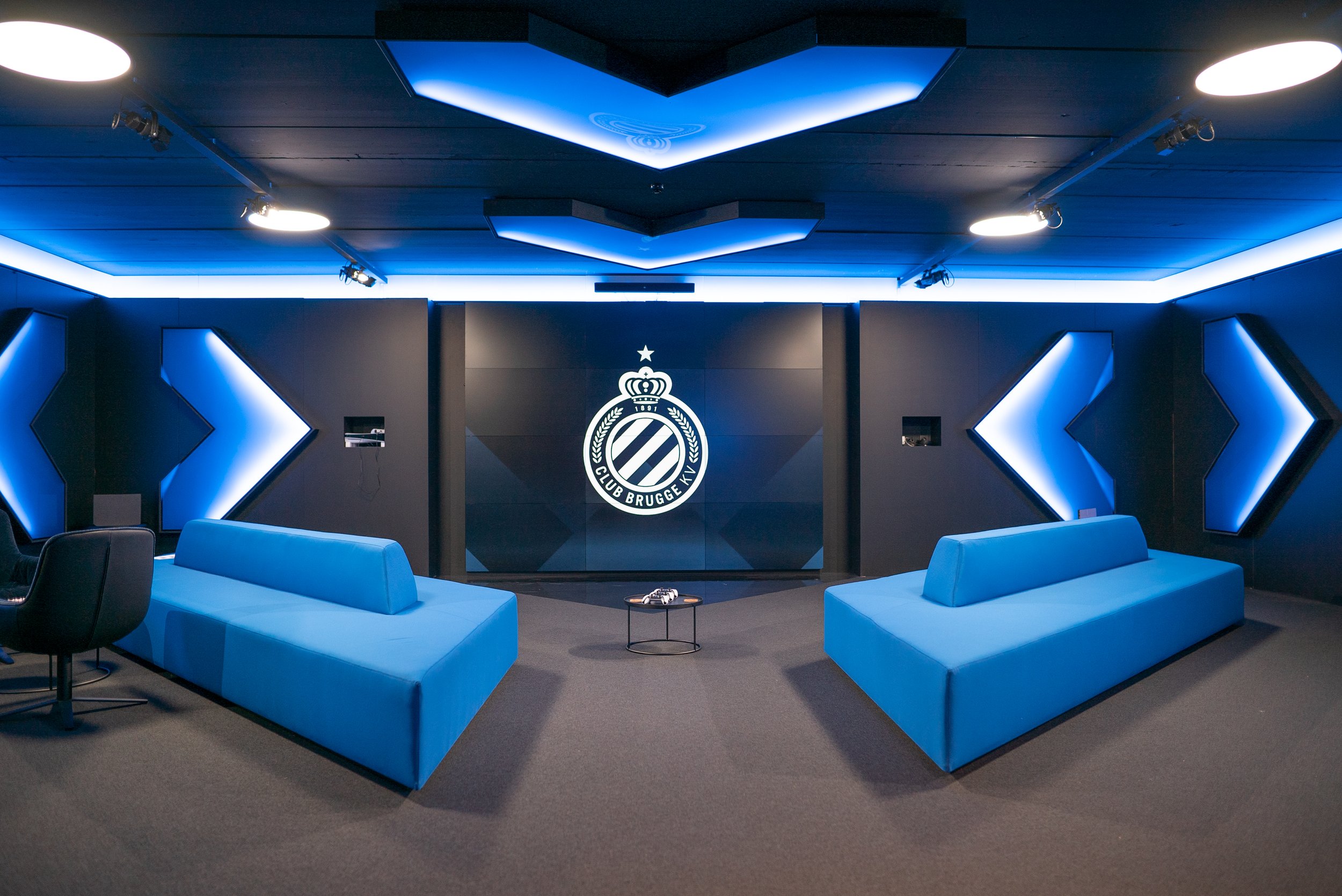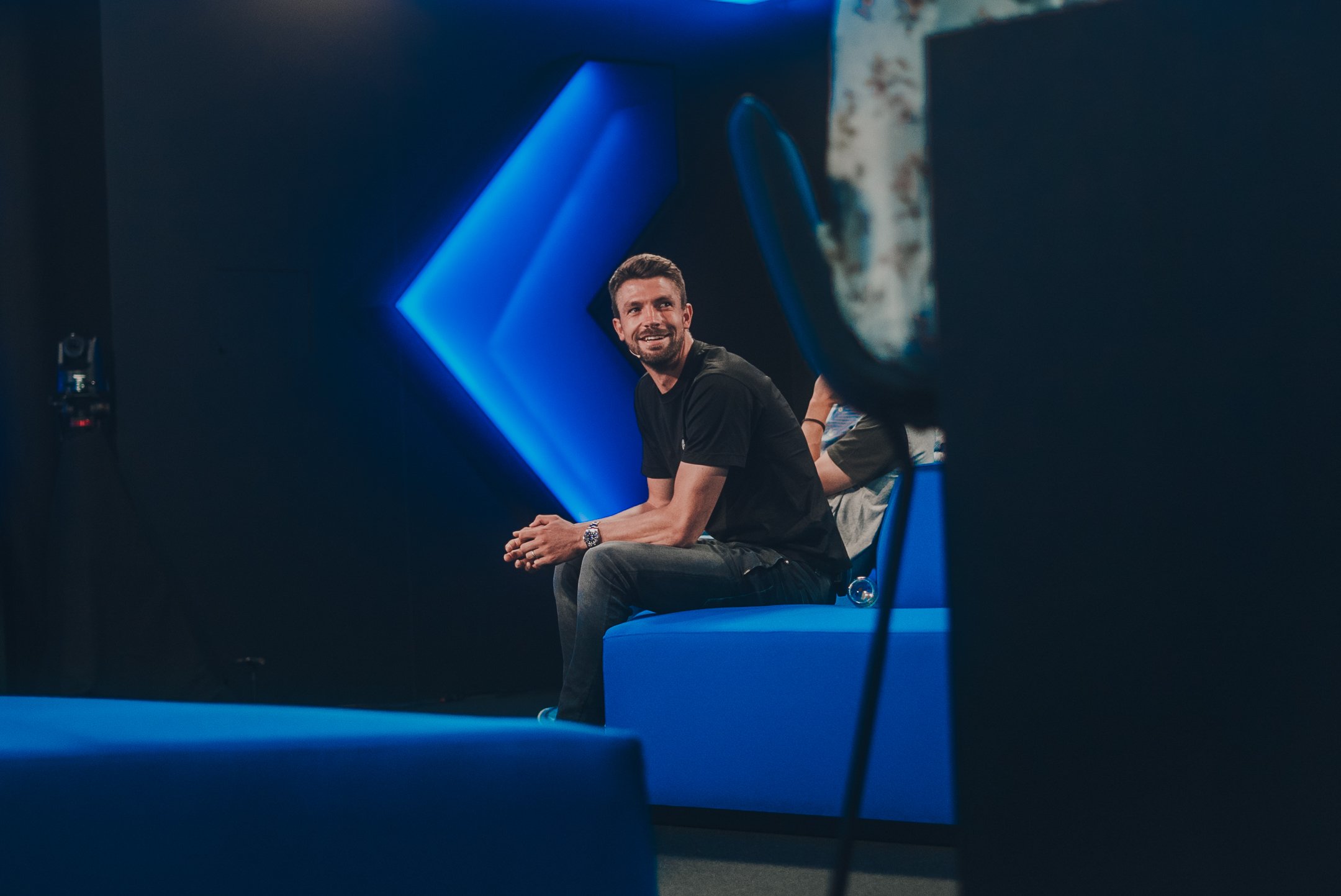Interview with Maarten Dedobbeleer, Marketing Director at Club Brugge
In this new article of our series “Digital Transformation in Football Clubs”, we have interviewed Maarten Dedobbeleer, Marketing Director at Club Brugge. Maarten is involved in the club for more than 3 years and his past role (Head of Content & Digital) lead him to have a deep understanding of the club’s digital strategy.
Maarten, you arrived in January 2019 at the Club Brugge as Head of Content and Digital - What was the digital and marketing situation at that time of your arrival?
There was a limited in-house team of 4 people responsible for press & media, content, marketing. An external party was used for video content and campaigns went through outsourcing. There was no one really in charge of digital projects.
For more than two years, you have been leading the content and digital department. What was the club's strategy at this time? Did your strategy evolve today?
Before setting up a new Content & Digital strategy, it’s important to get to know your focus groups. Knowledge is everything, which is why twice a year we organise a big survey. One of the outcomes of this survey was that 71% of all Belgians are interested in football, and 24% claim they have one favourite team. But what’s more important: out of all people interested in football in Belgium, 10% claim they are fans of Club Brugge, which is estimated around 750 to 850 000 Belgians.
But how is Club able to reach out to its own fans, and additionally to new football fans? Our slogan “Bluvn Goan” reveals it all. Bluvn Goan means we keep going. And in order to keep going, we established the Club Media House in early 2019 in collaboration with our Communications Director.
Club Media House takes care of all marketing and communication of Club Brugge, our sub-brands and our partners. But why did we start Club Media House? Let me get into more detail with five keywords.
Content: it allows us to create content in-house, plan content pro-active, and manage content thanks to the correct in-house profiles.
News: it allows us to make news ourselves, to better control what goes out, and it makes us less dependent on traditional media.
Channels: these news items & this content is spread through our own digital channels & 3rd party platforms.
B2C: in centralising our fans’ data in our own database, we get to know them better, allowing us to offer a better service and gain a higher Return on Investment.
B2B: the digital side of our existing partnerships is entirely serviced in-house. It helps us upgrade the products and in increasing the revenues. Mass content and news production allow us to also commercialise other productions and media rights.
Over this period, what did you implement to make the club evolve from a digital point of view? What role did you play in accelerating the club’s strategy?
Club wants to be the most innovative, the most efficient and the most sustainable football club in Belgium. Our goal is to create added value every day for our fans, our partners and the Club itself. No organisation-wide digital strategy had been developed yet, which meant that, among other things, the cooperation between the various departments had not yet been optimised. There was a lot of room for digital innovation.
We have therefore started a digital maturity scan to get a good overview of where we stand in the field of data, technology, processes and people.
Topline, the report showed us that we were already collecting a lot of data, but there was still an enormous growth opportunity, our IT systems were partly already well integrated with our marketing tools, our processes weren’t optimized yet so we could not detect any hick-ups in advance. As to people, only a limited number of people within the organization were available with digital skills.
Coming back to the content strategy piece, I assume you had to invest in order to make your strategy relevant and effective. The question is more where, and how did you invest? What were the short term and medium term investments?
Step by step we have expanded our team effectively with the right profiles in-house to be able to switch very quickly in the rapidly evolving football business. Club Media House currently consists of a team of about 8 FTEs on content: from social media managers to content editors, from graphic designers to videographers.
It is also important always trying to be the first, both on and off the field. We were the first Belgian club to launch its own radio show, we were the first to invest time & resources in TikTok, we introduced our fans to augmented reality, etc. To make our content even better and get the message faster or even real-time to our different target groups, early 2021 we opened our own media studio in our Basecamp.
It’s not just any traditional studio. This was built on the location of our players’ home. Our players sit here every day, play a game of pool or darts or challenge each other to a FIFA match or the coach uses this for his individual conversations. This makes everyone feel at home here, hence the name Living Room.
Now that you are the marketing director of the club, how are your departments structured to lead this shift to more and more digital services?
Within Club Media House there are 3 large blocks: Press & Media – Content – Marketing. The press & media story was already well managed by our Communications Director. The first major focus was on content, the basis for a good marketing strategy. The structure of that team, therefore, received the most attention.
Since this summer, more attention has also gone to the development and structure of our marketing team. A marketing intelligence coordinator & an email/digital marketer quickly came on board to achieve the short term objectives. Together with the content team, they take care of all campaigns for all different departments (Ticketing, Shop, Foundation, Kids, ...).
Club Brugge digital initiatives
A few months ago, you received the award: Best User Experience Design for your mobile app - What features make your application stand out?
As an innovative and digital-first sports company, Club Brugge had many new business goals for its premium mobile application. These posed substantial UX challenges due to the complex nature of their fans’ user journeys, the highly competitive market, changes in the media landscape & IP deals, and of course: high expectations from the public. All of these objectives were based on a list of suggestions for improvement by fans and partners to guarantee absolute user-centricity.
The first hurdle was to create a genuine one-on-one connection with a broad range of fans, which we tackled by using a single sign-on across all channels and the ‘Club ID’ as a centralised hub. Parents now also have the ability to register their kids as ‘fans’ using the dedicated Kids section. Behavioural elements like personalised avatars and segmented push notifications were also included in the project.
We prioritised convenience by integrating the Ask Club helpdesk and implementing features such as card top-ups, in-app stadium access, selling your seat to other fans, and easily editable contact details.
A third objective was to provide new services and opportunities to their B2B partners. This took shape in a brand new Business section that boasts a separate newsfeed, exclusive B2B deals and a VIP shop. Most importantly, it includes an ‘address book’ to kickstart networking between partners. New revenue streams were added in the form of a sponsored deals section and partnered advertisements.
Our fourth goal was to increase the time spent on the app. The previously static news section blossomed into a fully personalised feed based on individual users’ profiles and interests. Our content team now has a bespoken CMS at their disposal to dynamically update the feed with exclusive content such as unique statistics of live games, live video replays & press conferences, and 2 new overviews of the YLA (Women’s) and NXT (Youth) teams.
The final goal was to increase customer spend, which we realised by removing all hurdles to transactions: the app now enables top-ups, ticket sales, seat swapping, and an integrated storefront.
The desired results and KPIs were fully met. In just one month,
the active user base increased by 14.4%,
total sessions nearly doubled from 450K to 740K,
notification open rates went up by 58.8%, proving a decisive boost in user engagement.
The increased spend per head went through the roof: in-app revenue doubled and average top-up frequency multiplied by 8 since May 2021.
Finally, B2B sales grew thanks to the broader value Club Brugge is now able to offer its partners.
Digital Marketing is really important to engage with fans remotely and to develop its brand awareness worldwide - What other initiatives are you taking within the club to achieve this?
As you can see, we have no trouble reaching out to our current fans and getting interaction with them. But how do we touch base with our youngest fans?
That’s where our Club Kids concept comes in. Parents have the option to add their 0 to 12-year-olds through our app. Tailor-made content can be distributed through this channel. An example of such content is our children’s book “The Bear and his scarf”. https://thebearandhisscarf.com/ ‘The Bear and his Scarf’ is a story about club love and respect. It is a clear statement against hooliganism and racism. With this children’s book for both adults and children, Club Bruges and its supporters want to lead by example.
Our Club Academy got entirely revamped becoming Club NXT. A new name with contemporary branding turning Club NXT into a true full-blown lifestyle brand. NXT is a mix of a top sporting environment where performances come first, and a youth culture lifestyle allowing our youth players to be themselves and offering a platform boys relate to.
When it comes to 12 to 18-year-old girls, we have our Club YLA brand. A new name and a new, trendy, contemporary branding: Club Brugge Ladies is now Club YLA. With that new name, Club’s Young Ladies pay tribute to one of the strong women in the Club’s rich history, Yvonne Lahousse. But it’s not just the name capturing the imagination, but even more so the new look and feel that comes with Club YLA.
Club Brugge is also active in gaming. Both the (semi-)professional and the occasional gamers are offered sufficient variety. We organize votings, forecasts, give tips about certain well-known games and are active within FIFA & CS: GO.
Recently, we talked about the emergence of Web 3.0 and the Metaverse. How do you approach these concepts at Club Brugge? Do you have any future plans and projects in this regard?
We have a full-time marketing intelligence coordinator in our marketing team who closely follows all innovative developments, including web 3.0 and the metaverse, but also fan tokens, crypto, NFTs, ...
As Club wants to be the most innovative, we follow these developments closely & will take the necessary steps at the appropriate times if they meet & fit within our business objectives.






